Trip info
There were a few things left to see as long as we were in Sicily. That was the Western part of Sicily. With Mark and Marijke from Catgreatcircle we planned a 3-day driving trip along the South and West coast up to Palermo: Licata – Sciacca – Campabello di Mazara – Marsala – Trapani – Erice – Terrasini – Palermo – Licata. This trip by car is about 600 kilometres. The average speed in Sicily is about 80 kilometres. The scenery changes along the way which makes a long drive quite pleasant. There is so much to see that I made 2 blogs instead of 1 very long blog. First, the South coast and the next blog is the West coast including Palermo.
The South Coast scenery
Southwest Sicily, running west from Agrigento to the major fishing port of Mazara del Vallo is a varied area indeed and one that invites exploration. From vineyards and olive groves interspersed with a hilly scenery and plastic greenhouses to some of the Mediterranean’s most prestigious Greek archaeological sites, The Valley of the Temples. (Seemingly endless stretches of sandy beach and rocky mountains, there is something for all tastes.
Siculiana
A few kilometres from the town you can reach the beach of Siculiana Marina. Not a marina as we think of the word marina, but this part of Siculiana is called Siculiana Marina. It is famous for its coastline which extends for about 6 km and is an alternation of cliffs, dunes and immense and solitary beaches. We skipped to visit this town but I think must be worth if you have time! We continued driving West to Sciacca.
Sciacca
Sciacca is a historic fishing port. A workaday town rather than a tourist destination. Famous for its thermal baths and its religious festivals, as well as for its large fishing fleet. The name Sciacca is pronounced ‘shack-a’. For Sicily’s Roman rulers the town was, as well as a spa, an important hub for their efficient mail service, and for the Arabs, it was a trading port with North African connections. Nowadays its main business is fishing. Sciacca spreads over different levels of the hillside. Down by the sea is the big fishing harbour, along with a few houses and seafood restaurants. On the next level up, you can find the town’s main square, the panoramic Piazza Scandaliato. This is the heart of the historic centre spreading uphill behind it. Higher up the slope are the town’s castle and the upper perimeter of the old city walls. Beyond the old settlement, there are unattractive modern areas. Sciacca is an authentic and everyday Sicilian town, where ordinary people live and work. Walking the town from sea-level to hill-top is a strenuous walk with lots of climbing! Always put on your walking shoes!
Thermal spas
Sciacca still attracts visitors today for its thermal spas. At the Terme di Sciacca establishment, many medical treatments are available. The Stabilimento Termale is near the centre of town, on a panoramic clifftop road called Via Delle Terme. There is also a thermal swimming pool complex outside town, called the Piscine Molinelli, and the adventurous tourist or spa enthusiast could find their way to the natural ‘steam caves’ in the slopes of Monte San Calogero (called the Stufe di San Calogero), used since ancient times for therapeutic purposes and now another part of the Sciacca spa business.
Fishing industry
The town biggest industry is fishing and the town’s fishing harbour is large and functional rather than picturesque. Around 500 boats are based here. The port can be reached down a road or flights of steps from the main part of town, which is perched up above. They say one can enjoy incredibly fresh seafood here but when we were there the restaurants were not open. (Sunday and around 13.00 hrs, everything is closed in Italy). We could only find a Pasticceria where we enjoyed a coffee and a lot of Sicilian sweets!
The Salinas or salt pans between Marsala and Trapani
Keep following the coastal road and it will bring you automatically at the “Salinas” or salt pans, lying between Marsala and Trapani. There are two main areas of production, one at Nubia, just south of Trapani, and one at the “Stagnone”, the largest lagoon in Italy, a few miles north of Marsala. Stagnone is home not only to the ancient tradition of sea-salt production but also to a flourishing variety of wildlife. The salt pans at the Stagnone are particularly worth a visit and offer a truly unique landscape. Windmills, first introduced during mediaeval times, dot the horizon, a testament to how things were once done.. In former times there were 31 salt pans producing over 100.000 tonnes of salt per year. Exported all over Europe. Nowadays production is much less. There is still a niche market among the gastronomic industry as they swear by the unique quality of the salt. It is 100% natural and contains a higher concentration of potassium and magnesium than common salt but less sodium chloride. It is particularly good for fish dishes and can be found in many specialist food shops. Midway between Trapani and Marsala is the salt museum giving a complete explanation of exactly how the salt pans developed and functioned over the years. The scenery when driving along this part of the island is stunning in my view. Especially when coming closer to Trapani when the city arrises in the background of the salt pans. Really a must see!
Trapani “City of salt and sail
Trapani has the shape of a sickle, Drepanon in Greek, and a special geographic location: between two seas (Its coasts are touched by the Tyrrhenian Sea in the north, while the harbour in the south is touched by the Mediterranean Sea), at the foot of Mount Erice, near the archaeological site of Selinunte, in front of the Egadi Islands and the salt marshes. Quite interesting! Walking through the old town you find the signs of the passage of various civilizations over the centuries. All civilizations left an architectural, artistic and/or monumental evidence.
Trapani is known as the “City of Salt and Sail”. For over 2000 years the lagoon between Marsala and Trapani has been supplying salt. Making salt made both the town prosper in old times. And Trapani established itself internationally in 2005 when it hosted the Acts 8 and 9 of the Louis Vitton Cup, part of the Americas Cup. But the city has far more to offer than salt and sailing. Trapani is a town which has surprised me pleasantly! Walking into the elegant old town through the small and winding streets there is a lot to see. The historic centre of Trapani is not too big and is formed by a few streets where almost all the sights of the city can be found. The most famous sights of Trapani are the Palazzo Cavarretta, the Santuario de Madonna Santissima Annunziata and the prehistoric museum. What I like about the old historic part is that the streets are paved with stones. You don’t see any streets with concrete pavement. Very chic!
Walking promenade
Do not forget to enjoy the sights from the seaside promenade; the embrace of the two seas can be best observed from the Ligny tower, located at the end of Viale Delle Sirene (Boulevard of mermaids), on a terrace above the sea – a truly fascinating setting for breath-taking panoramas and colorful sunsets. Ligny Tower is a beautiful place. It is very windy and the sea is often rough, but the sight is remarkable. From here you can admire the whole bay of Trapani. You can understand why ancient Greeks gave this city the name Drepanon, meaning “sickle-shaped”. The majestic Mount San Giuliano overlooks the gulf. The old walls are originally built in the late 13th century by King James of Aragon, then reinforced and enlarged by the Emperor Charles Vand are now used as the walking promenade.
The Port of Trapani
The port of Trapani is a bustling area. Ferries are coming and going, as well as merchant ships and pleasure yachts. There are various ferry connections from the port of Trapani departing for the Egadi Islands (directly off the coast)or for the island of Pantelleria and even for Tunisia.



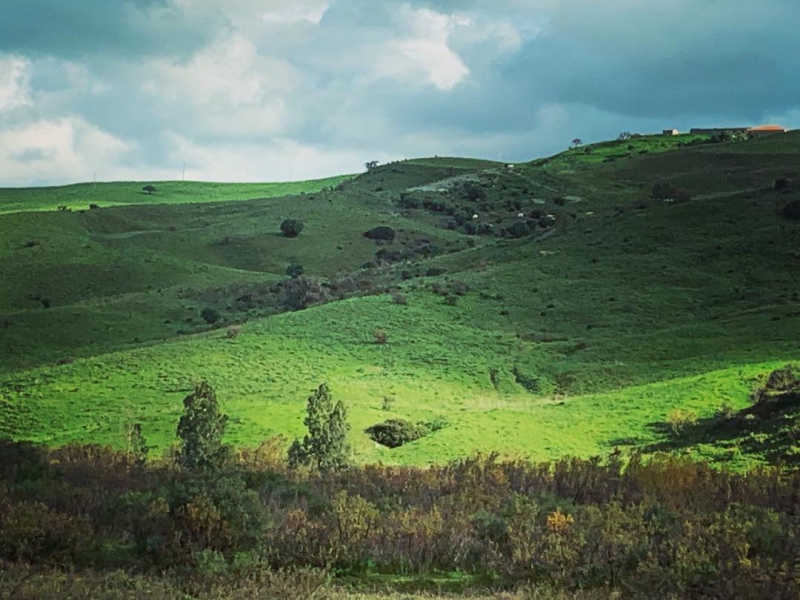
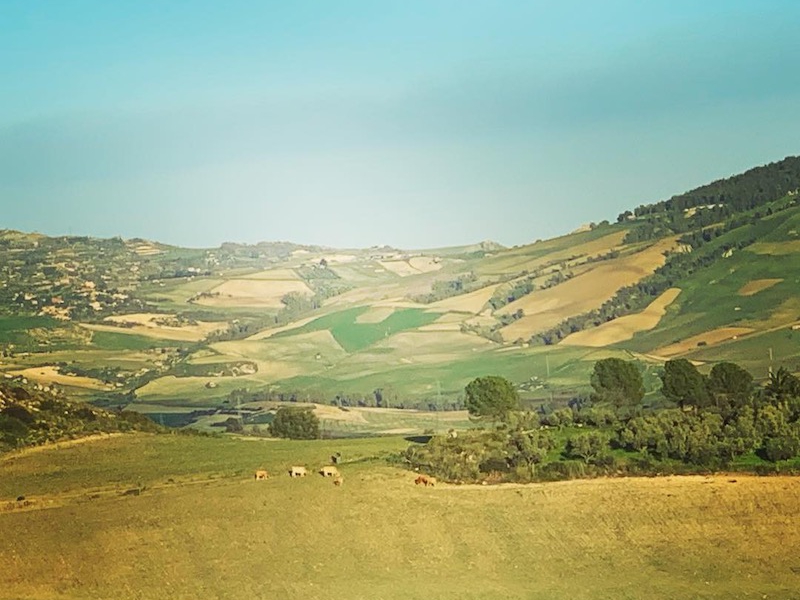
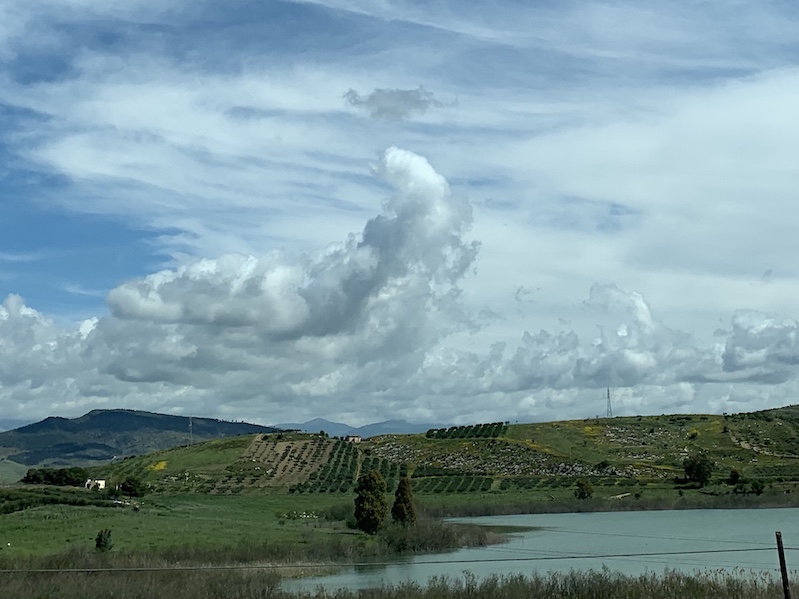
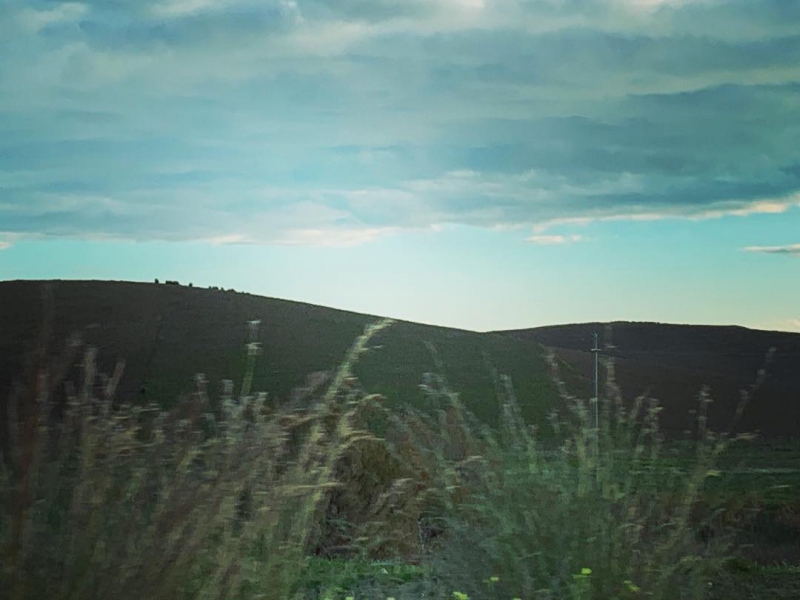
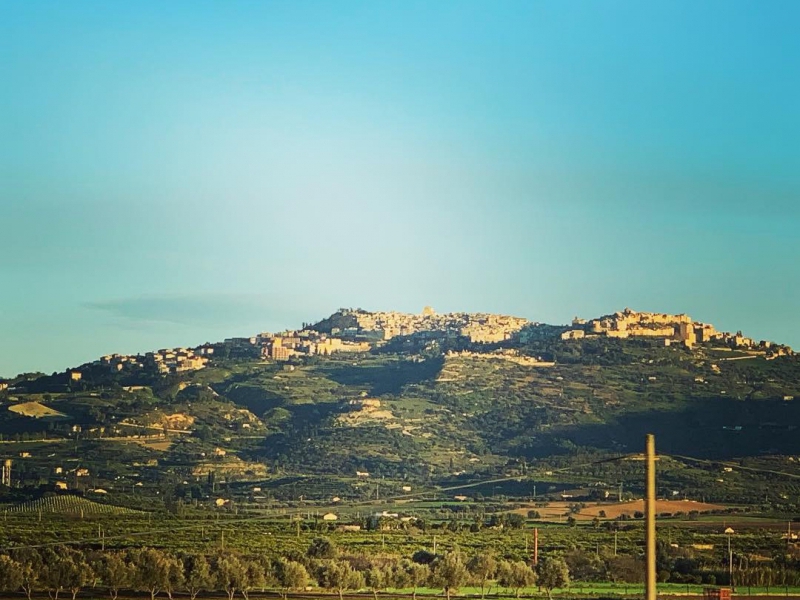
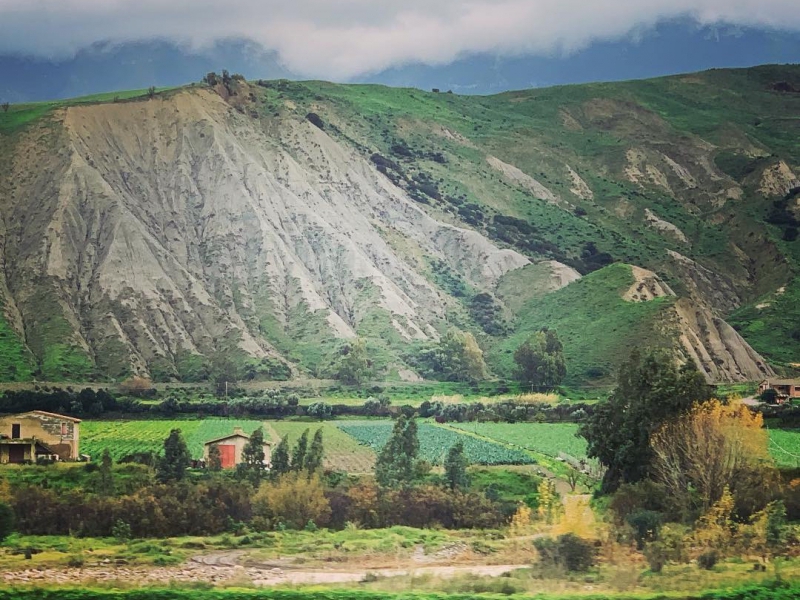
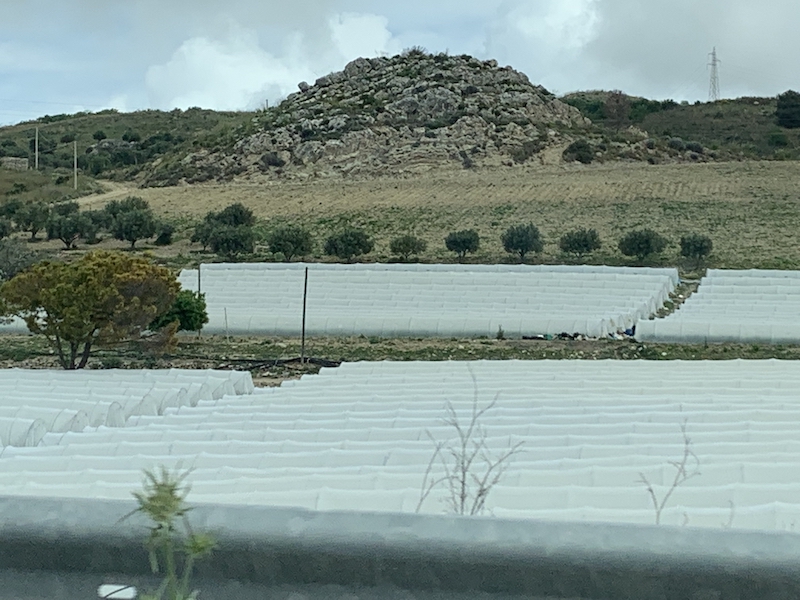
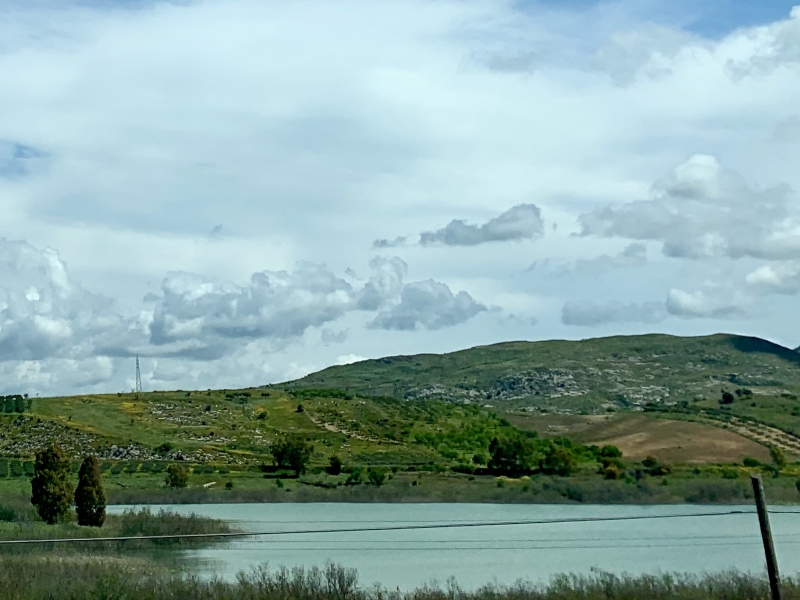
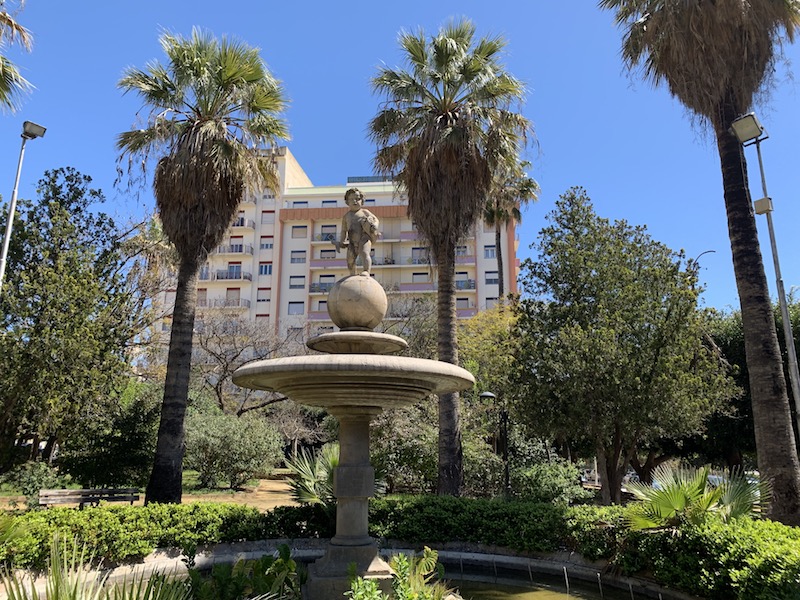

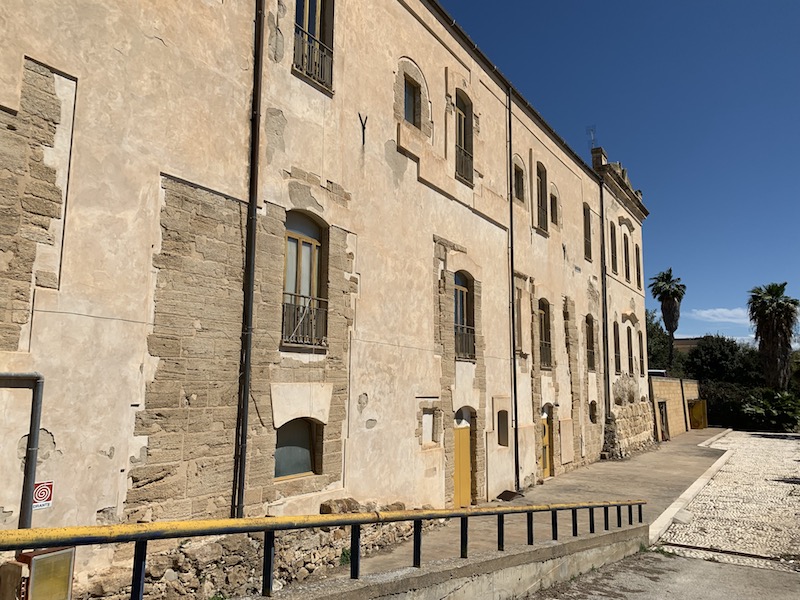



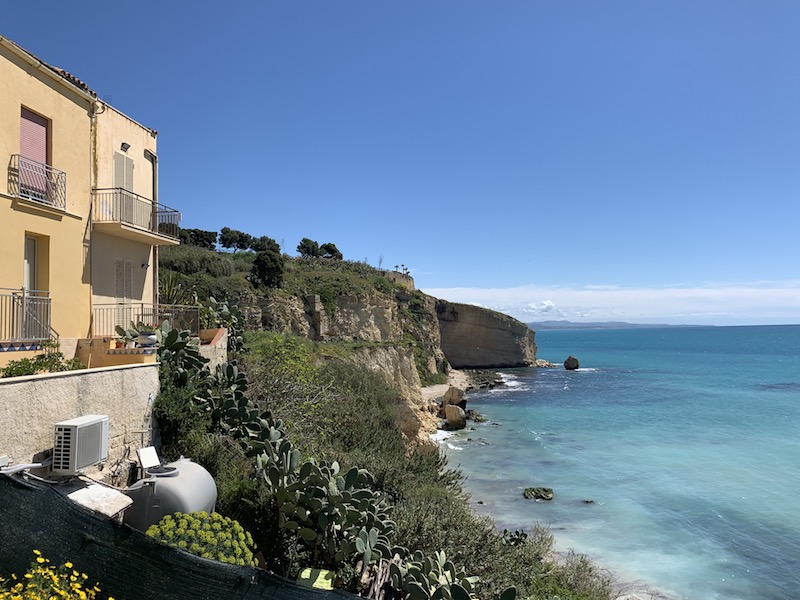
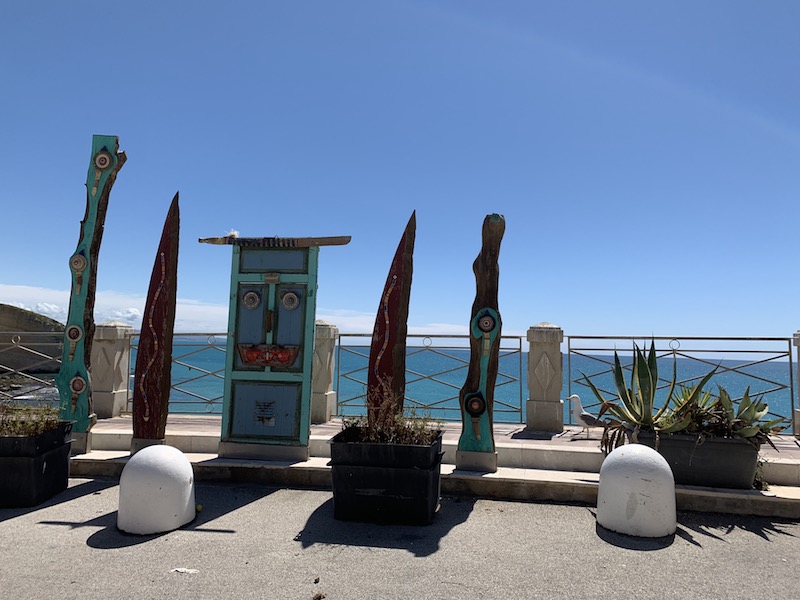
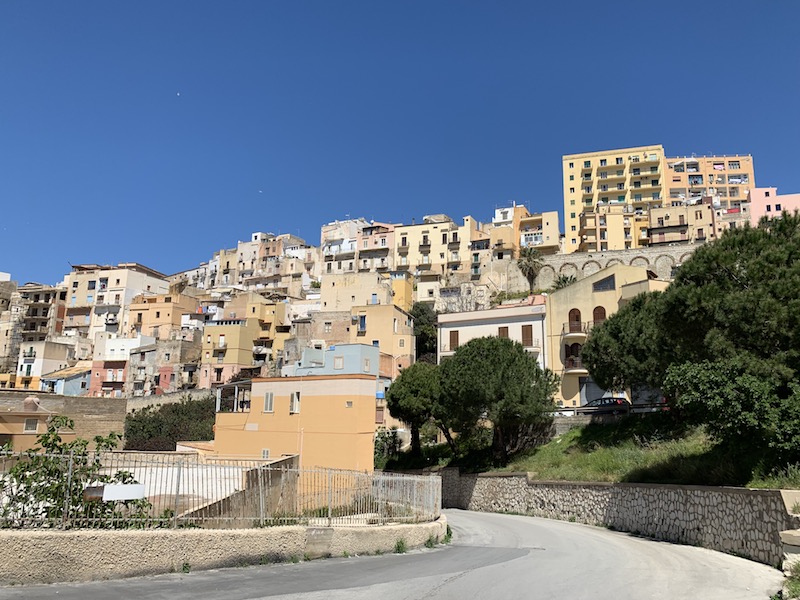
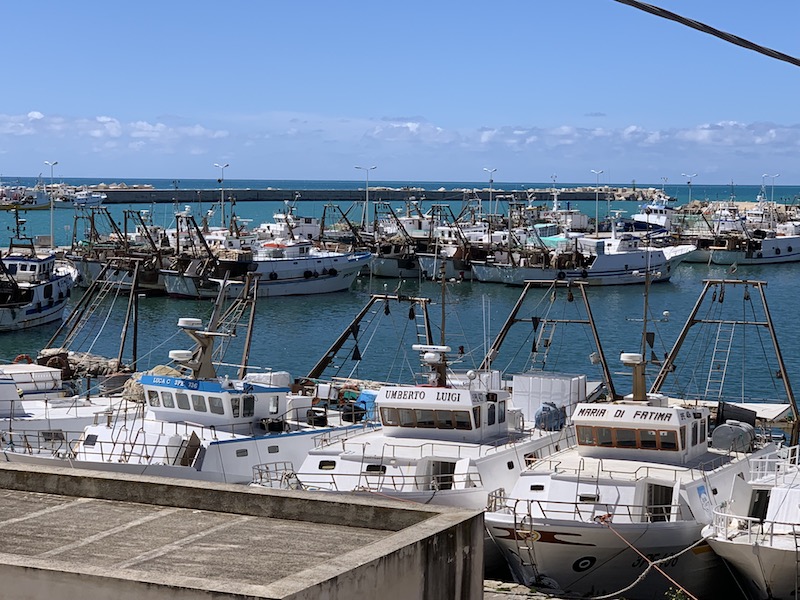
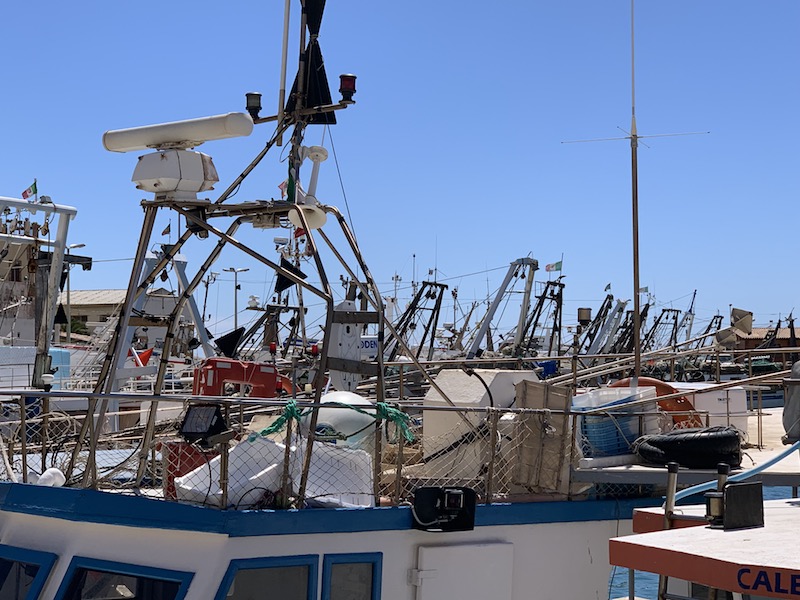
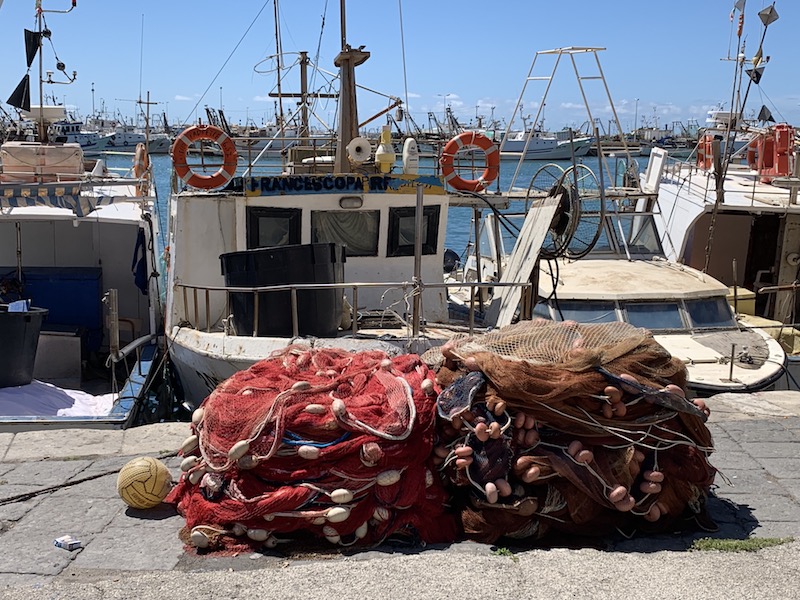
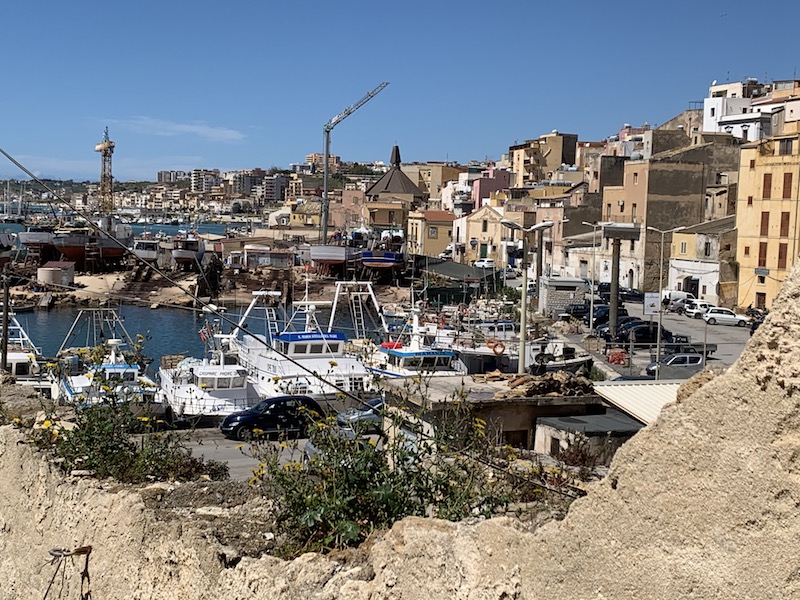

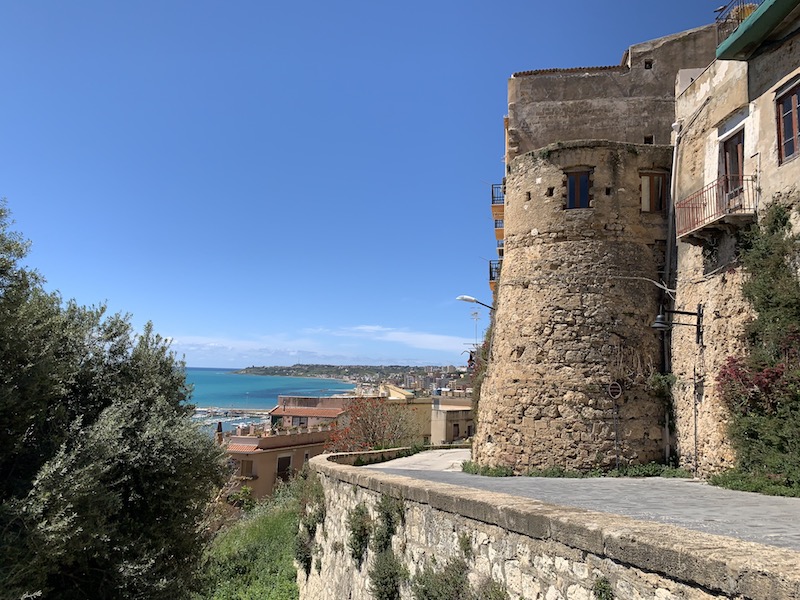



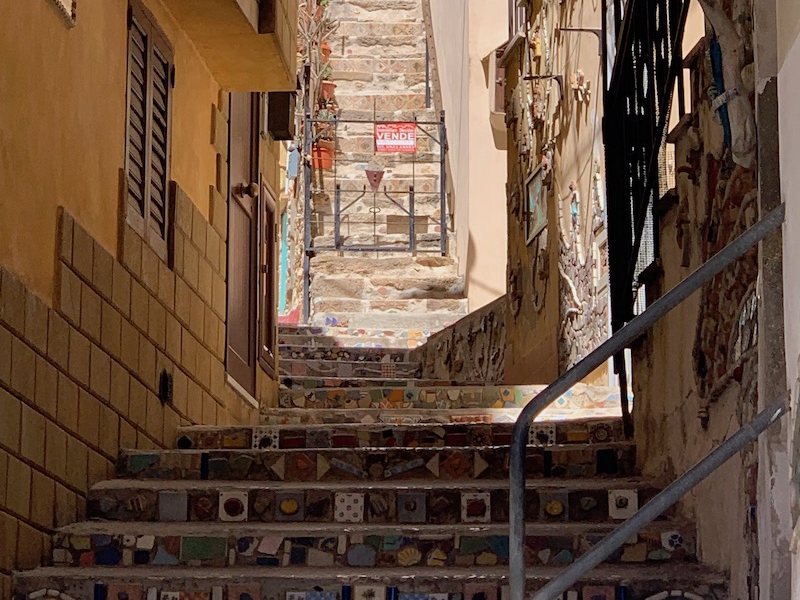
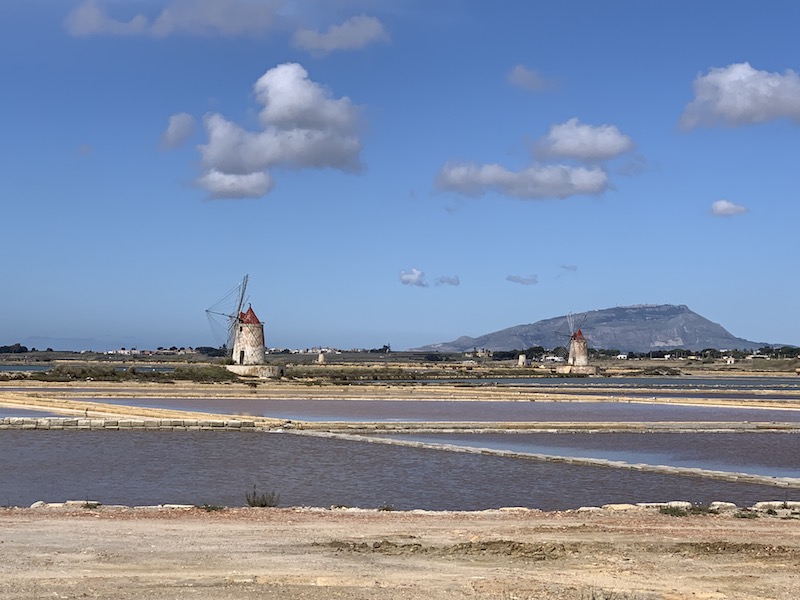

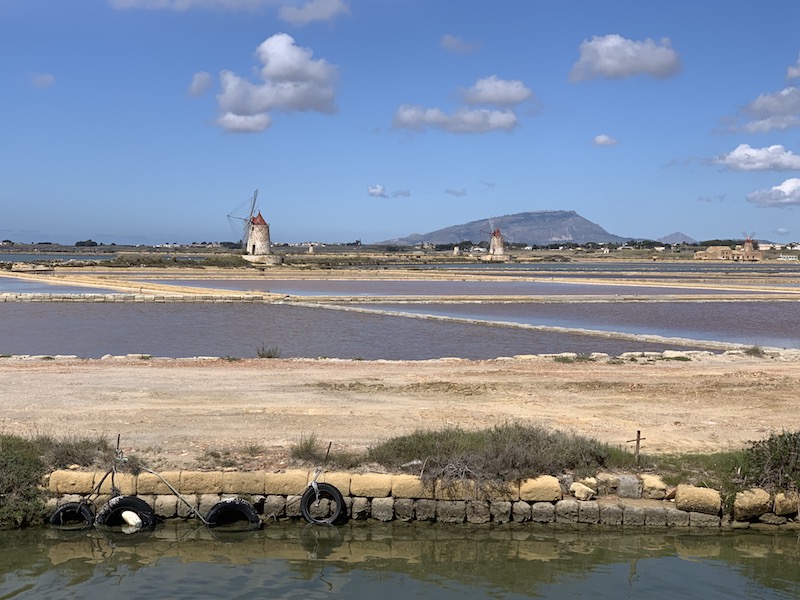
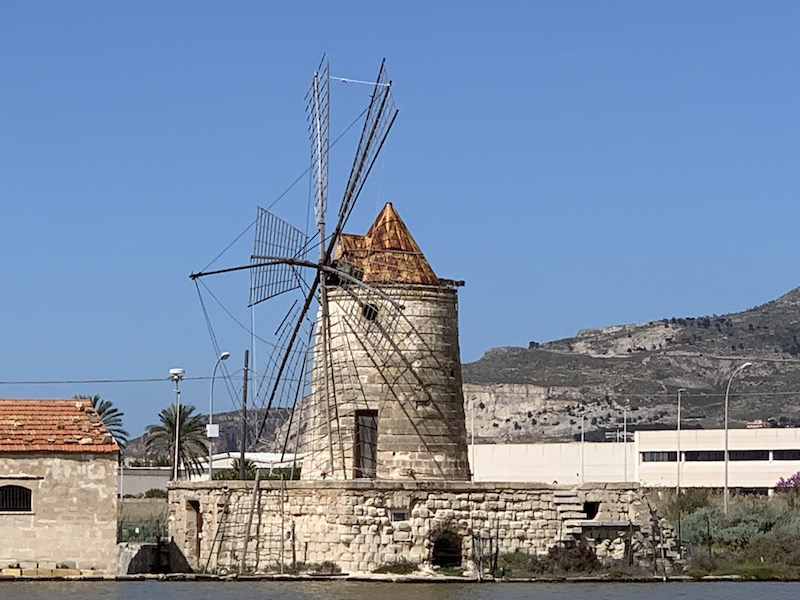
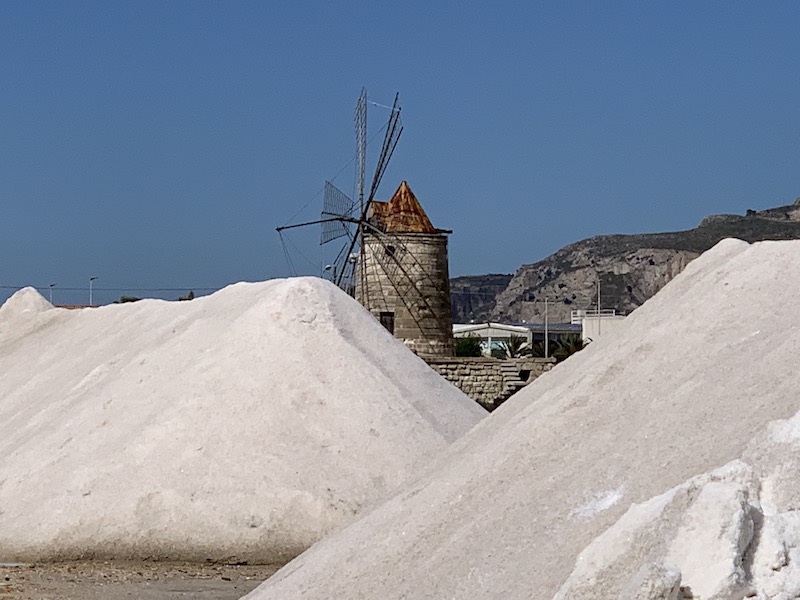


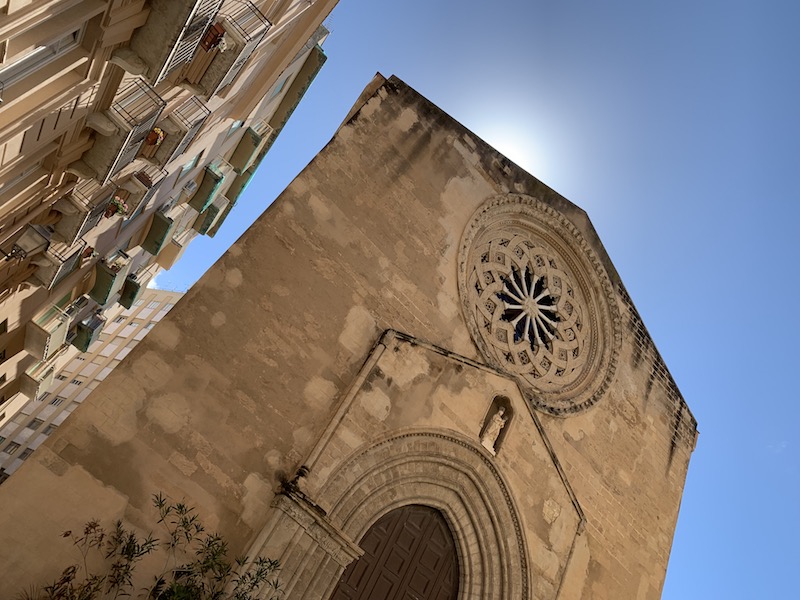

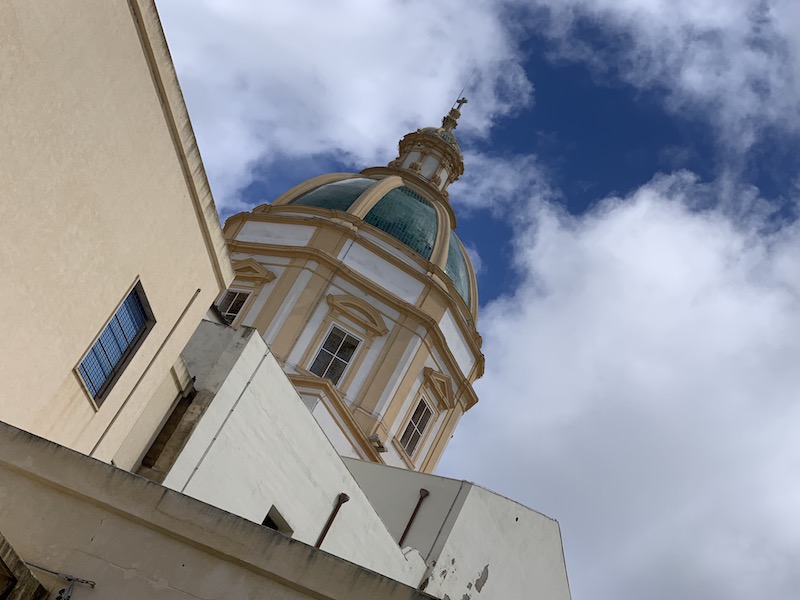
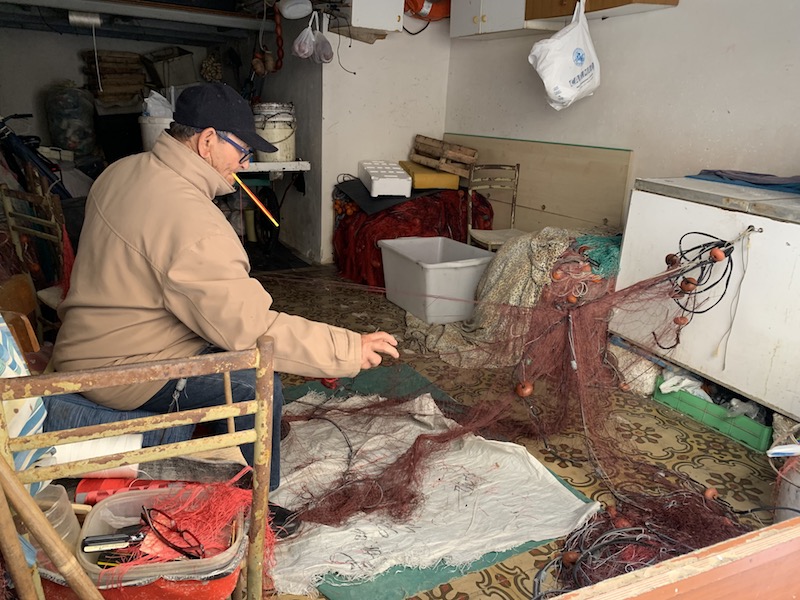
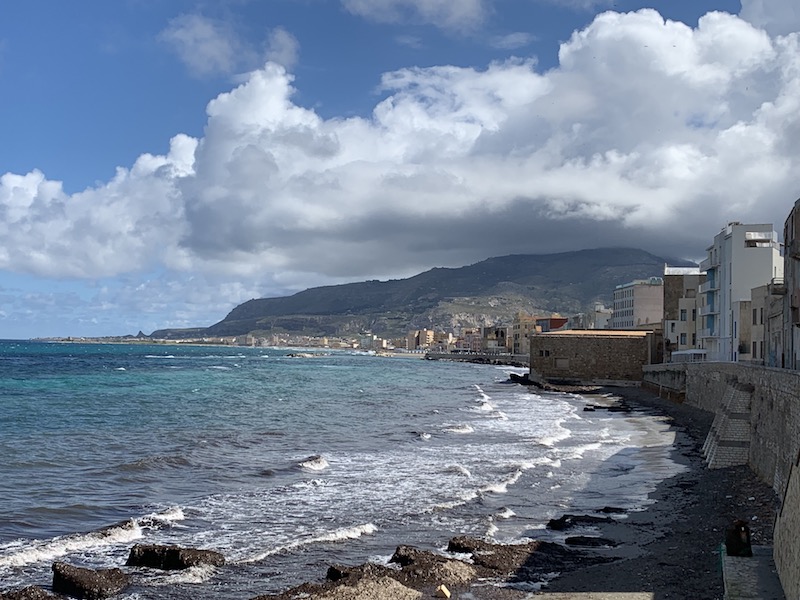

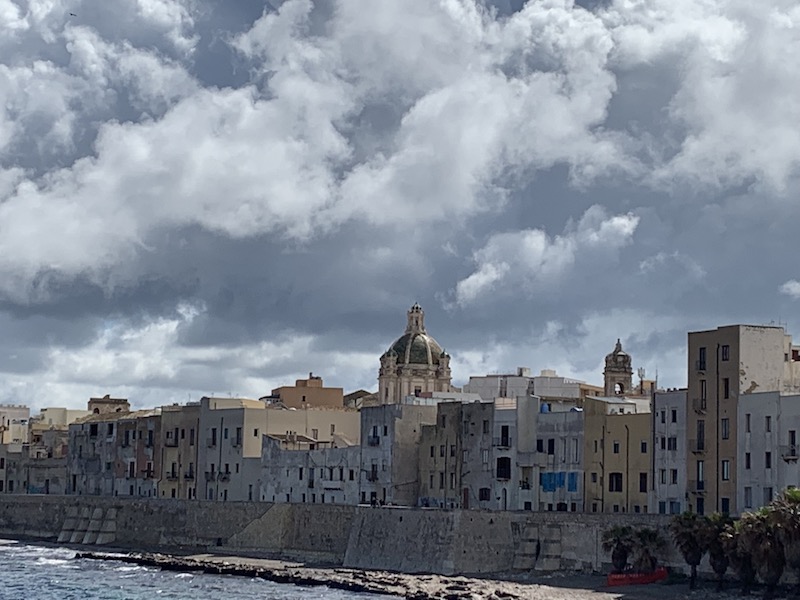






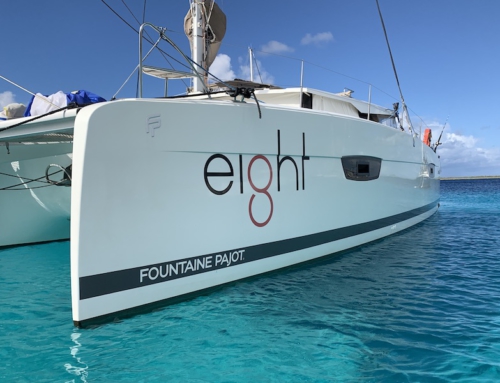
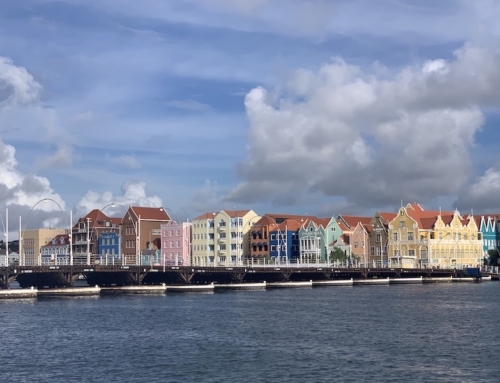
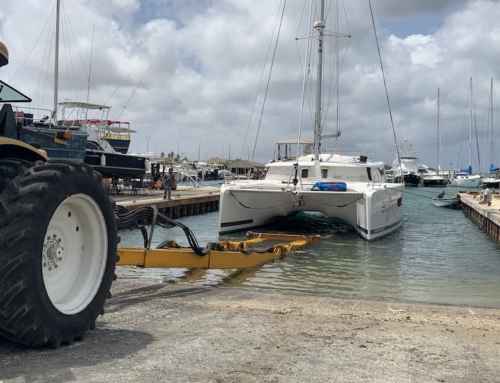
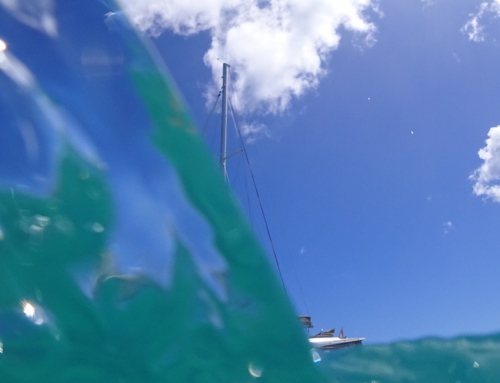
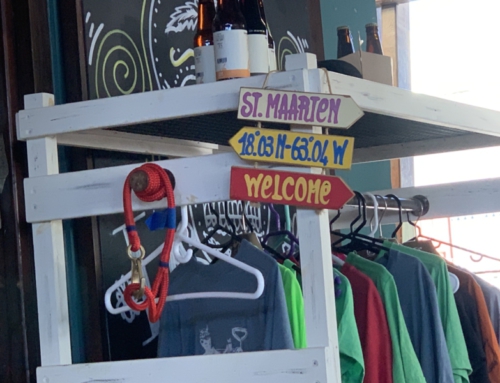
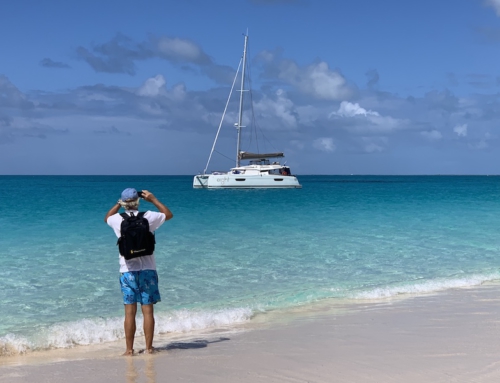
Leave A Comment